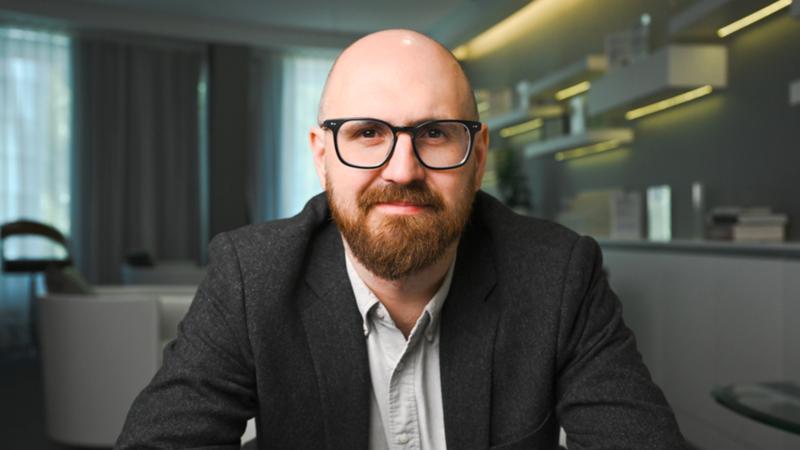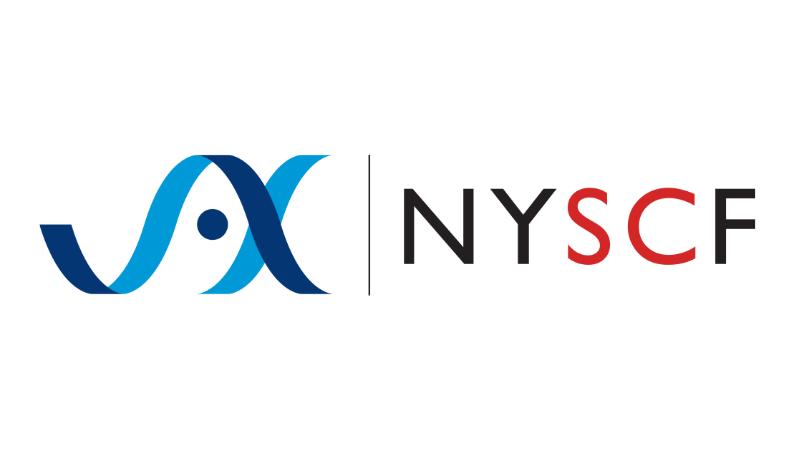Daniel Paull has spent his career at the intersection of biology and engineering. He oversees the NYSCF Global Stem Cell Array® and helped develop automation systems for generating iPSCs at unprecedented scale — advancing disease modeling and drug discovery. He leads NYSCF efforts to combine automation, imaging and AI to uncover hidden disease features. Paull is joining JAX as vice president of discovery and platform development.
Q&A | Scaling discovery: How iPSCs, automation, and AI are shaping the future of disease research
Article | October 20, 2025
Why are iPSCs such a powerful tool?
The whole premise of iPSC research is that you can take cells from any person — skin cells, blood cells or other cell types — and rewind them to a pluripotent stem cell, a type of cell that can become any other cell from a brain cell to a heart cell. That makes studying human biology and disease possible in ways that weren’t available before.
What do you think the JAX-NYSCF alliance means for the organization and the future of research?
This partnership enables a powerful exchange of strengths that neither organization could achieve alone. JAX is obviously a much larger organization than NYSCF. In addition to connecting with great researchers, JAX brings scale, infrastructure and deep experience in mouse model production and research support at a scale that NYSCF scientists haven’t had access to before. At the same time, NYSCF brings to JAX deep expertise in human stem cell–based systems, new avenues of disease research, and our technological expertise in automating cell biology. Integrating these models with JAX’s well-established mouse capabilities opens exciting new possibilities. It’s not just about the tools, it’s also about the people. This partnership encourages interaction between scientists who might not otherwise cross paths, fostering innovation and new research directions.
Together, we can offer the broader scientific community something unique: an integrated platform combining the best in vivo (mouse) and in vitro (human cells) systems. We can serve as a one-stop shop, bringing together patient‑specific stem cell models and organismal biology to drive discovery, drug development, and translational research forward.
How has the NYSCF Global Stem Cell Array® transformed the way scientists can study these cells?
It has taken hundreds of thousands of different people’s genomes for scientists to understand which changes inside our DNA and genes are associated with which diseases. And if you need that many genomes, you’ll likely need a similarly large number of cell lines to understand what’s going on in each cell during a disease. So, the question becomes: How can you grow lots of cells, in a standardized way, to meet the scale that you're after?
Realistically, one person can only grow 10 to 15 cell lines at a time by hand. To scale orders of magnitude larger you need automation. The Array runs 24/7 — growing hundreds to thousands of unique cell lines daily from hundreds of different donors. And it does it in a standardized way that produces quality cells. At NYSCF, we have refined the protocols for making specific cell types and also to build large-scale biobanks of patient-derived iPSCs. These biobanks include cells from patients who have specific diseases like cancer, Parkinson’s and rare genetic orders and are shared with researchers around the world. By scaling up the size of the experiments we can perform, we believe that this will accelerate scientific discovery and disease treatments.
What you’re describing sounds a lot like personalized medicine. Do you feel like that’s where the future of the field is headed in the next five to 10 years?
I think we’re already there in a lot of ways and will keep moving in that direction. We know the same drug can affect patients differently, even with the same diagnosis. Many drugs fail in clinical trials not because they’re ineffective overall, but because they only work for a subset of people. With iPSCs, researchers can essentially run clinical trials in a dish — testing how different individuals' cells respond to a potential treatment before moving to human testing. This could help identify which patients are most likely to respond to a drug faster, reduce trial failures and move us toward more targeted and effective therapies.
How do you think AI and machine learning factor into the future of this kind of research?
Recent advancements in AI tools have allowed us to start asking questions we barely would have been able to scratch the surface on before. With the Array running nonstop, we can collect massive amounts of data on the scale of tens of millions of images. It’s much more than any human team could analyze manually. So, we’ve trained deep learning models to detect patterns, make predictions, and ask questions we simply didn’t know how to ask before. One great example is that we’ve developed models that can predict whether a cell came from a healthy person or someone with Parkinson’s, just by analyzing cell images. I expect more developments as we grow together. This partnership lets us combine mouse, human and data science together in ways that will yield big scientific rewards.
Learn more

Introducing a new era of biomedical discovery
The Jackson Laboratory’s acquisition of the New York Stem Cell Foundation unites complementary strengths across mouse, cell, and computational models — creating an unmatched platform to accelerate discovery and transform human health.
View more
Daniel Paull - at The Jackson Laboratory
Paull received his Ph.D. in Ophthalmology and Cell Biology from University College London, England, and performed his postdoctoral work in the lab of Dieter Egli at NYSCF.
View more